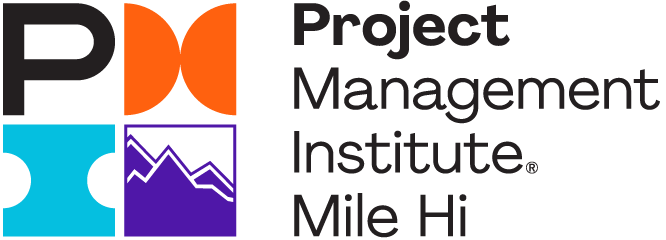29 January 2022 at 06:05PM
The DNA of a Project
The information stored in a single seed is massive, containing data on how the plant grows, when it flowers, what fruit to produce and how to survive in differing climates. This data determines the size, color and flavor of the fruit and the form of the plant’s roots, stems, and leaves. The volume of information in a single seed is truly a miracle in nature that directs the entire lifecycle of the plant.
Similarly, the DNA of a business transformation project is contained in the work breakdown structure or WBS. As a project leader, you need a clear understanding of the project goals, business requirements, and the work required to achieve those. The WBS is key for documenting these work requirements. The PMBOK defines the WBS as “a deliverable-oriented hierarchical decomposition of the work to be executed by the project team to accomplish the project objectives and create the required deliverables.”
An amazing part of being a project leader is our opportunity to participate in the creation of business transformation. We take on the role of documenting the DNA information that is needed to design, develop, implement and sustain the entire lifecycle of the business change.
Engage Sponsors, Stakeholders, Team Members
The genesis of the WBS is the project charter, which describes the goals, deliverables and performance measures required for a successful transformation from the perspective of your sponsor and your stakeholders. In fact, the WBS should be the first project deliverable and should contain, at its top level, 100% of the project scope that is stated in the project charter. Sometimes called the 100% rule, all project work should be part of the WBS, and anything outside of the WBS should not be worked on within the project.
A great approach for fully capturing work required in a WBS is to engage your project team and stakeholders in workshops and to iteratively work through the structure until you are confident that nearly 100% of the work has been identified. I’ll be honest that I’m not the best project manager at diligently capturing all the required work for my project in an independent hierarchical structure. Often, I launch right into the Microsoft Project tool and start documenting tasks and sub-tasks. However, there is tremendous value in creating a WBS, not just in using a hierarchical form but most importantly in the execution of that iterative discovery process.
Develop Appropriate Detail
So, how much detail is enough for a work breakdown structure?
Let’s use another key definition from the PMBOK: “A work package is a deliverable at the lowest level of the WBS.” The objective of the iterative discovery process, is to break down work to a level that you can:
- Describe the specific task required and what ‘done’ looks like
- Identify a specific owner for the task
- Estimate the effort required to finish the task
- Understand when the task needs to start and finish
- Identify upstream and downstream dependencies for the task
- Estimate the total cost for the task
It’s important to have adequate detail in the WBS so that the task information can provide a foundation that can be leveraged throughout the project lifecycle.
Use Information from the WBS
The WBS supports three foundational components of the business project plan, specifically a description of 100% of the project scope, a description of the specific project deliverables, and finally, the data required to create a project schedule. Once created, these project plan components are used to successfully manage the project, including:
- Managing the project scope and knowing if changes to scope need to be requested
- Understanding the critical path of work and opportunities to accelerate completion
- Tracking the status and quality of project deliverables
- Monitoring the timeliness of the project and its progress to completion
If you do a good job at documenting and leveraging information in the WBS, you can expect to lead a successful business transformation without needing a miracle at the end!
Just as the information contained in the DNA of a seed ensures that a plant will grow correctly and survive over time; having a cohesive and comprehensive WBS will ensure that your business transformation is effective and sustainable.
Additional Resources
If you enjoyed this blog post, you might also enjoy reading Annette's guidance on Accelerating Value in your project.
Interested in learning more about topics like this one? Check out upcoming events on our chapter calendar. Sign up for one of our upcoming meetings, roundtables, or workshops – a selection of which are virtual. Earn your PDUs through PMI Mile Hi Chapter!
About the Author
Annette Leazer, CMA, PMP, SA, is a business transformation coach focused on creating more effective operations and greater business value. Both vision and execution are key to motivate people to transform work. She guides leaders to develop transformation vision and strategy, structure implementation projects and roadmaps, and mentor project teams to be successful. Her blog and newsletter share transformation tips, resources, and best practices.



